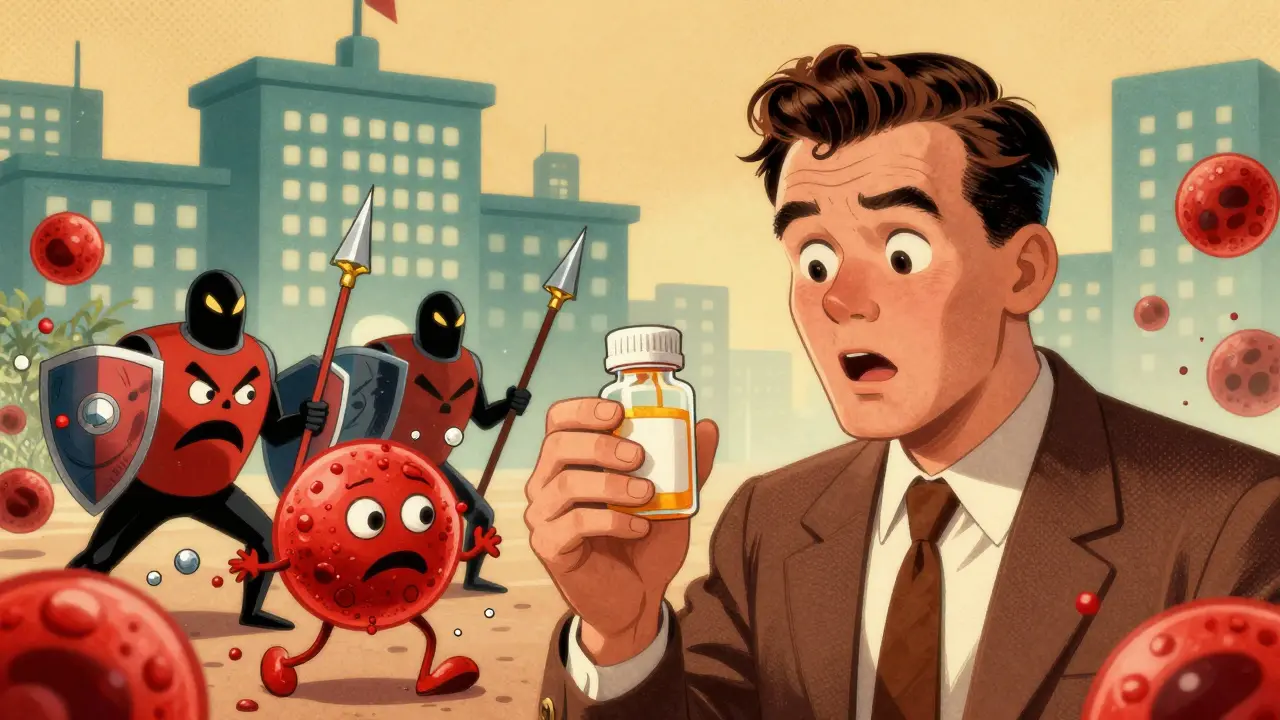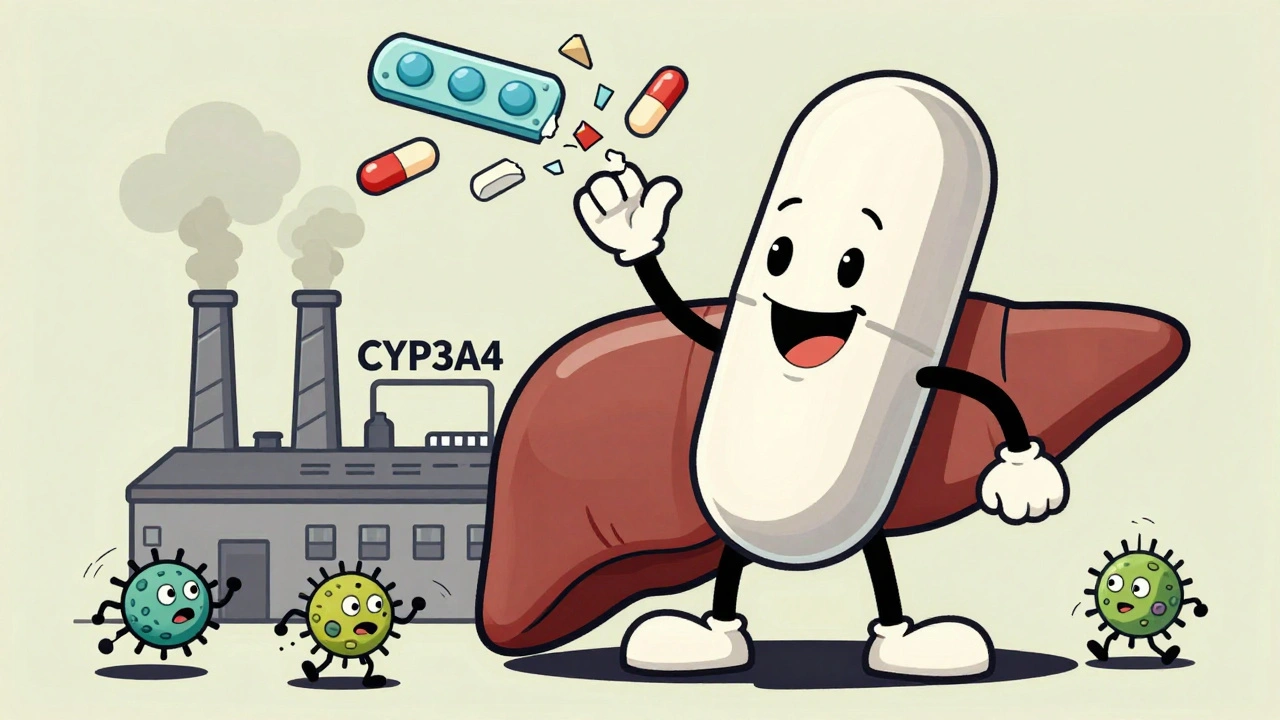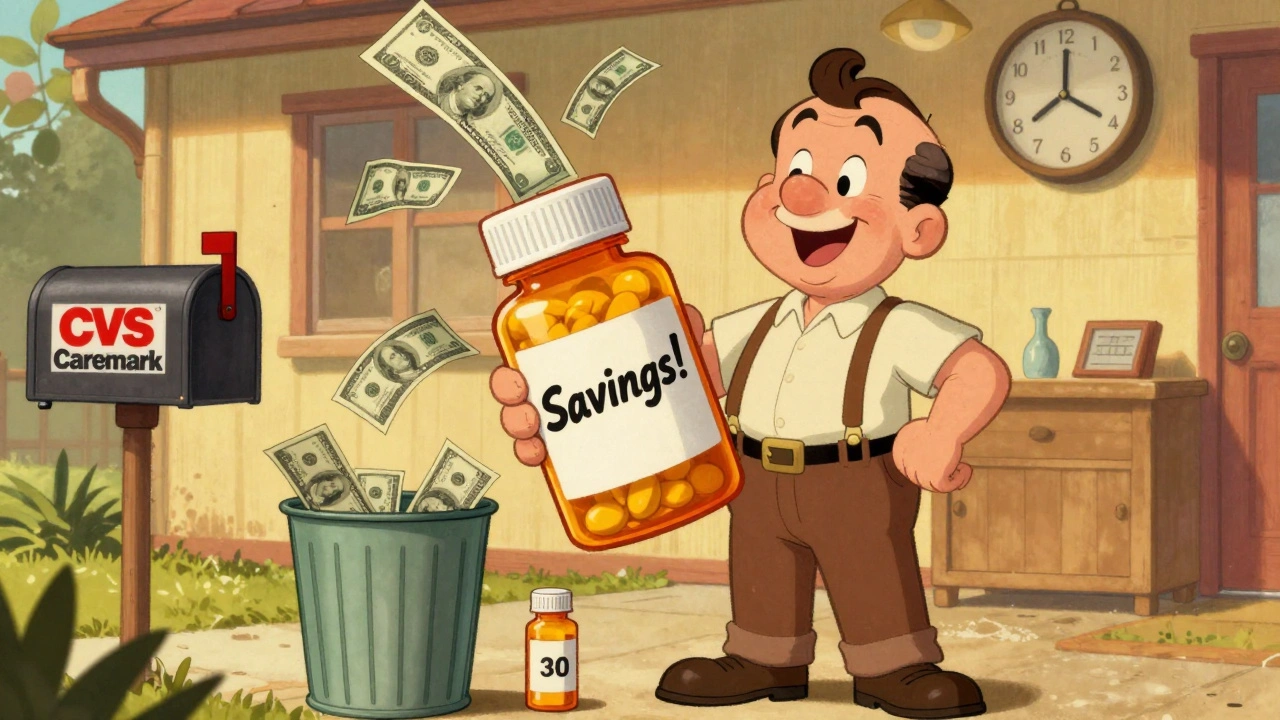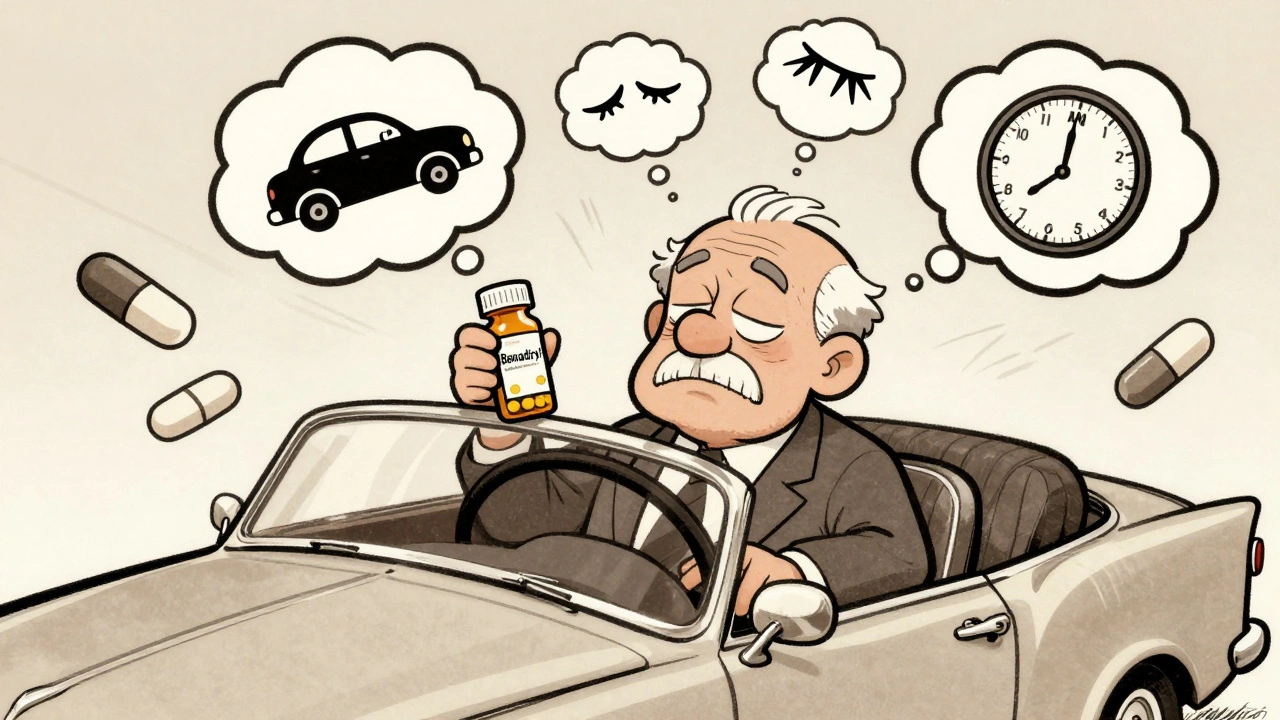Understanding the Concept of Opioid Addiction
The first step in addressing the issue of opioid addiction among the elderly is understanding what it is and why it is a problem. Opioids are a class of drugs that include prescription painkillers like oxycodone and hydrocodone, as well as illegal substances like heroin. These drugs work by binding to opioid receptors in the brain, blocking pain signals and releasing large amounts of dopamine. The resulting feelings of pleasure and well-being can lead to physical dependence and addiction. Elderly individuals are at particular risk because they are often prescribed these medications to manage chronic pain conditions. Additionally, their bodies may not metabolize these drugs as efficiently as younger individuals, increasing the risk of overdose.
The Scope of the Issue
It is easy to underestimate the extent of opioid addiction among the elderly because it is often a hidden problem. Elderly individuals may be less likely to seek help for their addiction, either because they do not recognize it as a problem, or because they are afraid of the stigma associated with drug addiction. Additionally, healthcare providers may not screen for drug addiction in this population as frequently as they should. As a result, many cases go undetected and untreated. However, research indicates that opioid addiction among the elderly is a significant and growing issue.
Impact on Physical and Mental Health
Opioid addiction can have serious consequences for the physical and mental health of elderly individuals. Physically, long-term opioid use can lead to a variety of problems, including tolerance (needing higher doses to achieve the same effect), physical dependence, and overdose. Mentally, opioid addiction can lead to symptoms of depression, anxiety, and cognitive impairment. In addition, the social isolation that often accompanies addiction can contribute to a decline in mental health.
Barriers to Treatment
There are numerous barriers that prevent elderly individuals from seeking and receiving treatment for opioid addiction. These include lack of recognition of the problem, fear of stigma, lack of access to treatment services, and financial constraints. Many elderly individuals also have co-occurring physical and mental health conditions that make treatment more complex. Finally, there is a shortage of healthcare providers who are trained in geriatric addiction treatment, which is a specialized field that requires knowledge of both addiction and aging.
Strategies for Prevention and Intervention
Prevention and intervention strategies for opioid addiction among the elderly need to be multifaceted and tailored to the unique needs of this population. These strategies may include educating patients and healthcare providers about the risks of opioid use, promoting non-opioid pain management strategies, improving screening and detection of opioid addiction in the elderly, and making treatment services more accessible and affordable for this population. In addition, there is a need for more research to develop and test interventions that are specifically designed for elderly individuals.
The Role of Families and Caregivers
Families and caregivers play a crucial role in addressing opioid addiction among the elderly. They can help to recognize the signs of addiction, encourage their loved ones to seek help, and provide support during the recovery process. It is important for them to be educated about the risks of opioid use and the signs of addiction. They also need to know how to respond in the case of an overdose and how to support their loved ones in maintaining long-term recovery.
Moving Forward: Policy Implications and Future Directions
Addressing the issue of opioid addiction among the elderly requires action at multiple levels. Policymakers need to ensure that there is adequate funding for research and treatment services, and that these services are accessible to all who need them. Healthcare providers need to receive training in geriatric addiction treatment, and there needs to be a greater emphasis on prevention and early intervention. Finally, society as a whole needs to reduce the stigma associated with addiction, so that more people feel comfortable seeking help. By working together, we can address this hidden epidemic and improve the health and quality of life of our elderly population.






Sabrina Bergas
July 22, 2023 AT 04:43Let me just say this - the whole 'elderly opioid crisis' narrative is being weaponized by Big Pharma to justify more prescription padding. You think seniors are getting addicted because of pain? Nah. They're getting addicted because their doctors are incentivized to prescribe, not because they're in agony. The real epidemic is overmedication driven by profit, not patient need. And don't even get me started on 'non-opioid alternatives' - gabapentin is just a fancy placebo with more side effects. Wake up.
Melvin Thoede
July 22, 2023 AT 12:09This hits hard. My grandma was on oxycodone for 7 years after a hip replacement. No one ever asked if she was still in pain - they just kept refilling. She started nodding off at dinner, forgetting names, and hiding pills in her sock drawer. We didn’t realize it was addiction until she tried to drive to the pharmacy at 2 a.m. Thank you for saying this out loud. We need more awareness - not just in clinics, but in living rooms.
Suzanne Lucas
July 23, 2023 AT 07:45OMG I JUST REALIZED MY DAD IS DOING THE SAME THING 😭 He’s 72, takes 3 different pain meds, and now he’s crying because he ‘can’t sleep without the blue ones’… I think he’s addicted. I’m so mad at his doctor. Like… why didn’t anyone tell us? This is a TRAGEDY. Someone call the media. #OpioidElderlyCrisis
Ash Damle
July 23, 2023 AT 18:58I've seen this play out with my uncle. He was a retired teacher, quiet guy, never drank, never smoked. Then came the back pain. The pills started as a few a week. Then daily. Then twice daily. No one noticed until he stopped answering calls. It wasn't laziness. It wasn't depression. It was the drugs. We need doctors who actually talk to patients. Not just check boxes. Not just scripts. Real conversations. And families need to be trained to spot the signs before it's too late
Kevin Ouellette
July 23, 2023 AT 21:49So proud of this post. Seriously. This is the kind of content that saves lives. I work in a senior center and we’ve started a peer support group for folks on long-term pain meds. One woman said, 'I thought I was the only one who felt like this.' That’s the power of connection. Let’s push for more community-based programs - not just pills and paperwork. You’re not alone. We’ve got you.
Tanya Willey
July 24, 2023 AT 07:42THIS IS ALL A GOVERNMENT COVER-UP. The CDC, the AMA, the pharma lobbyists - they’re all in bed together. Elderly people aren’t getting addicted. They’re being targeted. The pills are laced with nano-technology to make them more addictive. They’re using this to control the senior population. Why do you think they push 'non-opioid alternatives'? So they can switch you to lithium patches and track your brainwaves. Wake up. The truth is buried under medical jargon.
sarat babu
July 24, 2023 AT 23:45WHAT IS WRONG WITH PEOPLE??? HOW CAN YOU LET YOUR PARENTS TAKE THESE DRUGS??? THIS IS NOT A 'CRISIS' IT'S A MORAL FAILURE!!! I WORK IN A HOSPITAL IN INDIA AND WE NEVER GIVE OPIOIDS TO ELDERLY PEOPLE UNLESS THEY'RE DYING!!! YOU AMERICANS ARE SO LAZY YOU PREFER PILLS TO WALKING OR PHYSICAL THERAPY!!! YOUR KIDS DON'T CARE ABOUT YOU!!! YOUR DOCTORS ARE JUST MONEY-GRUBBING VAMPIRES!!! YOU DESERVE THIS!!!